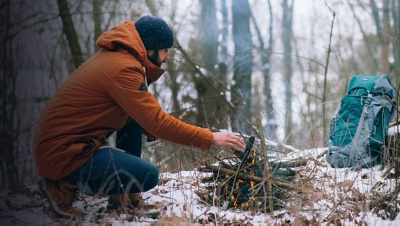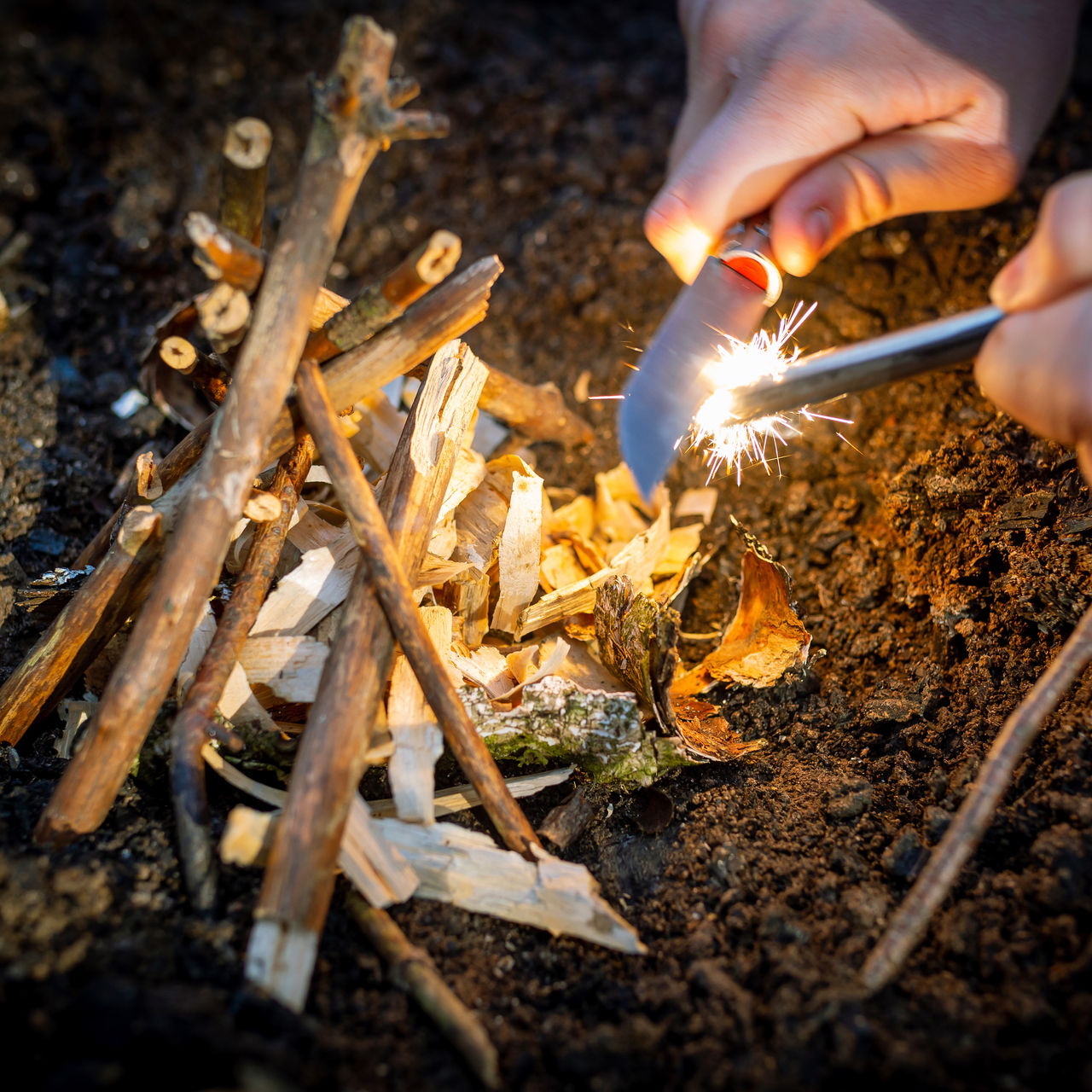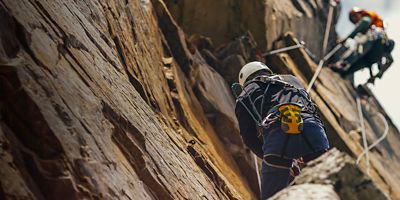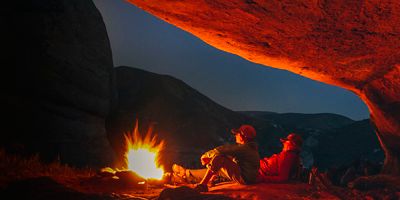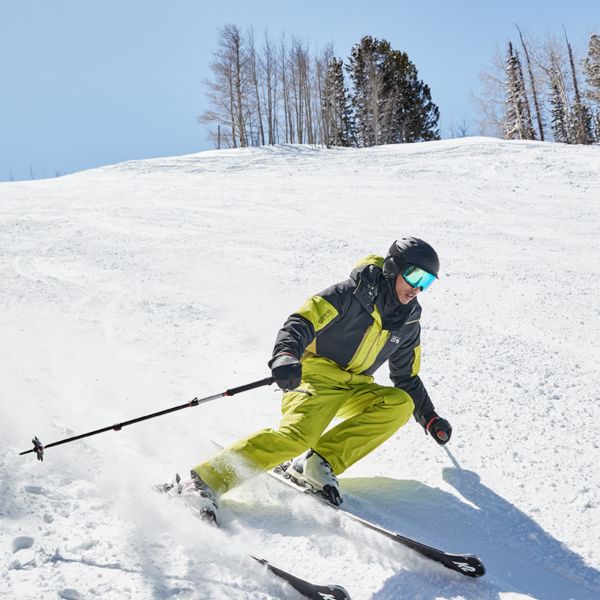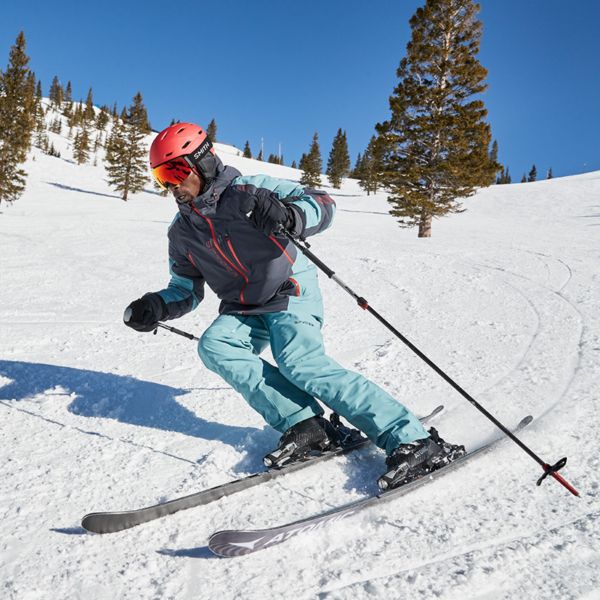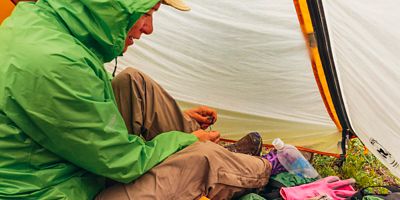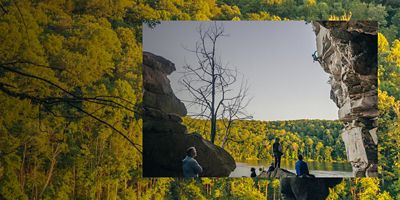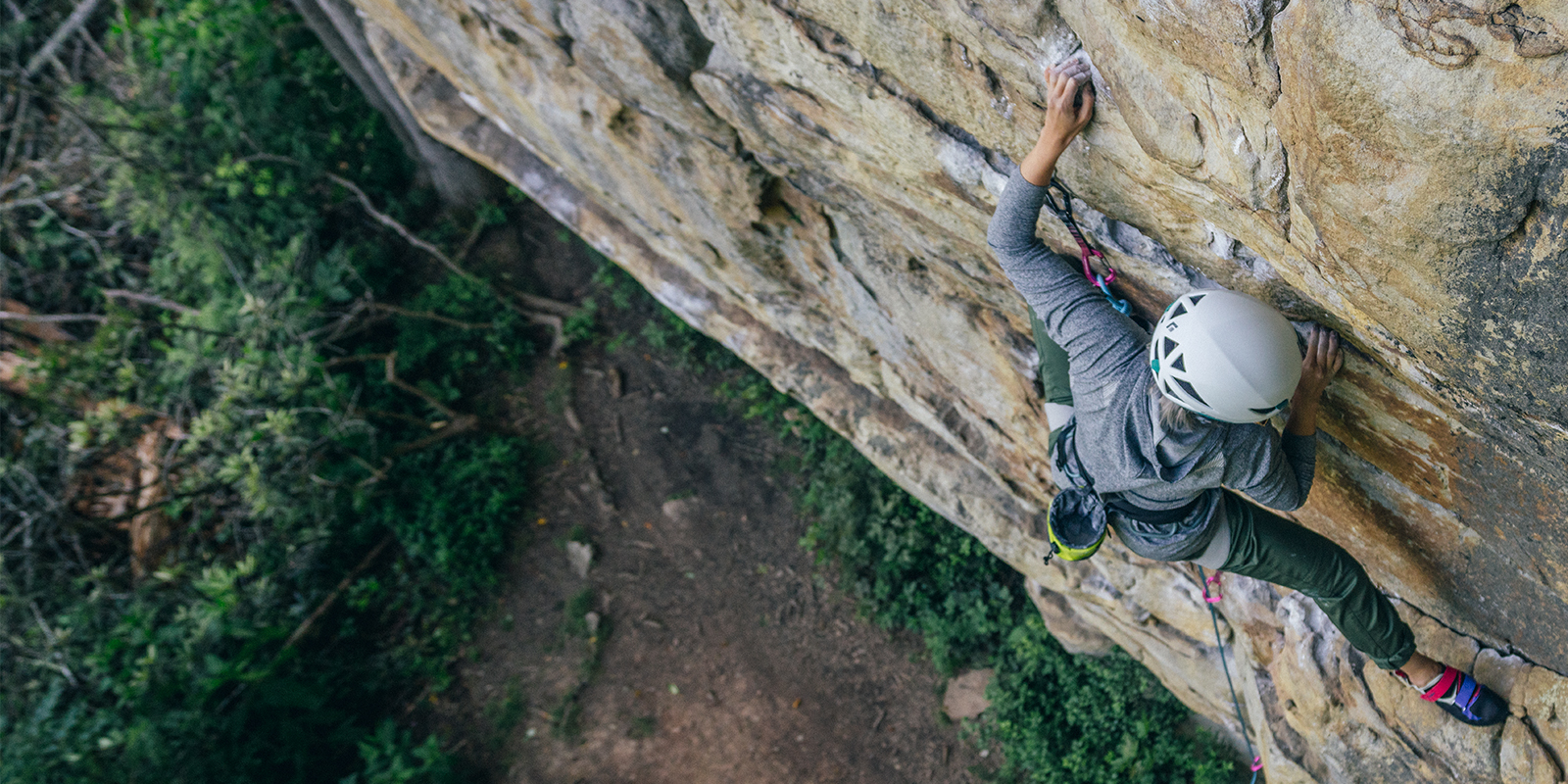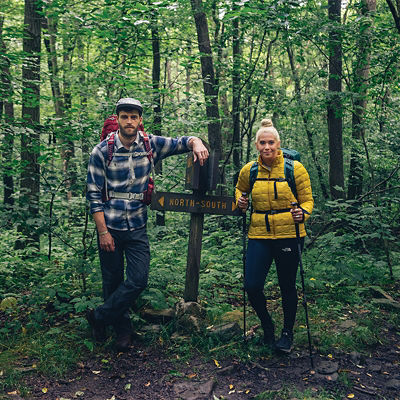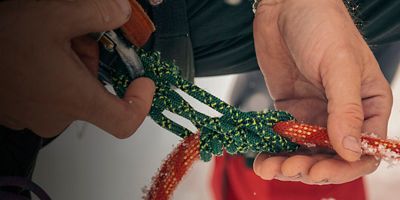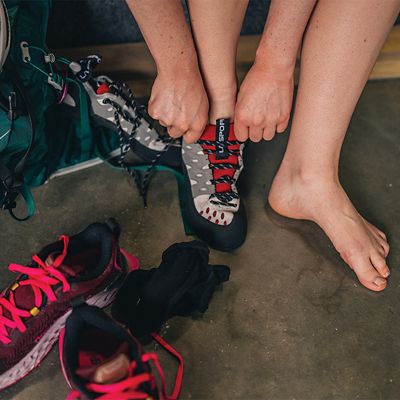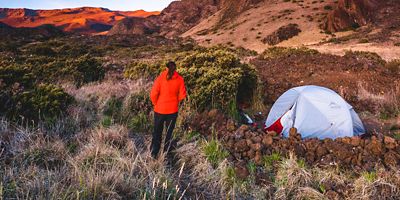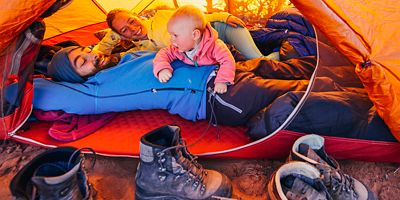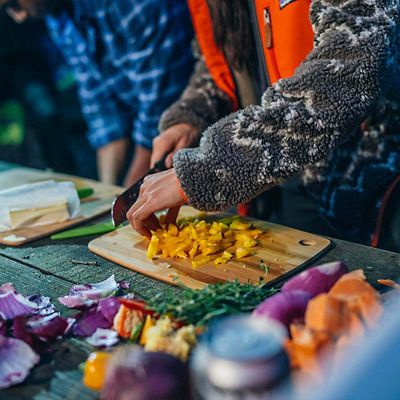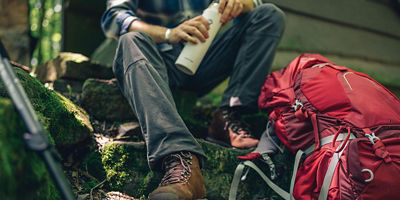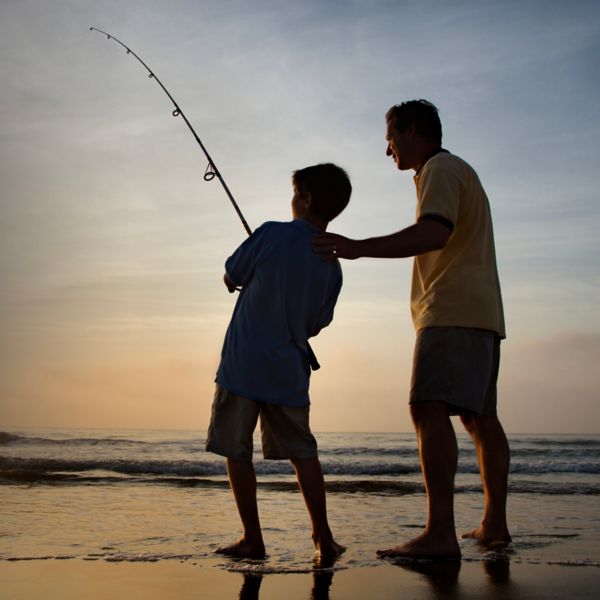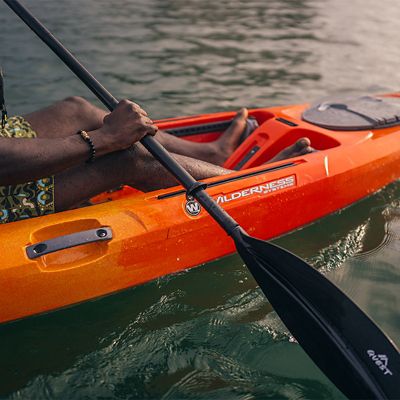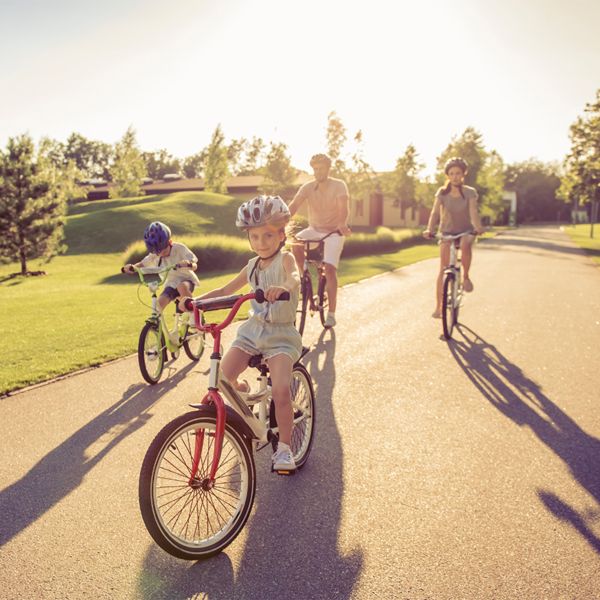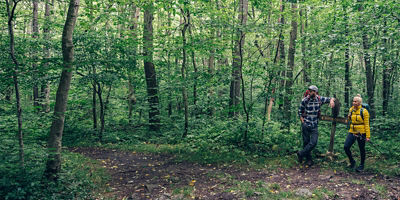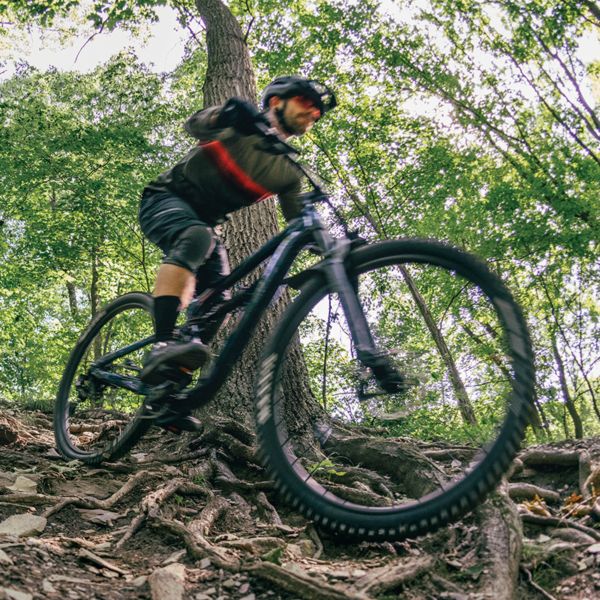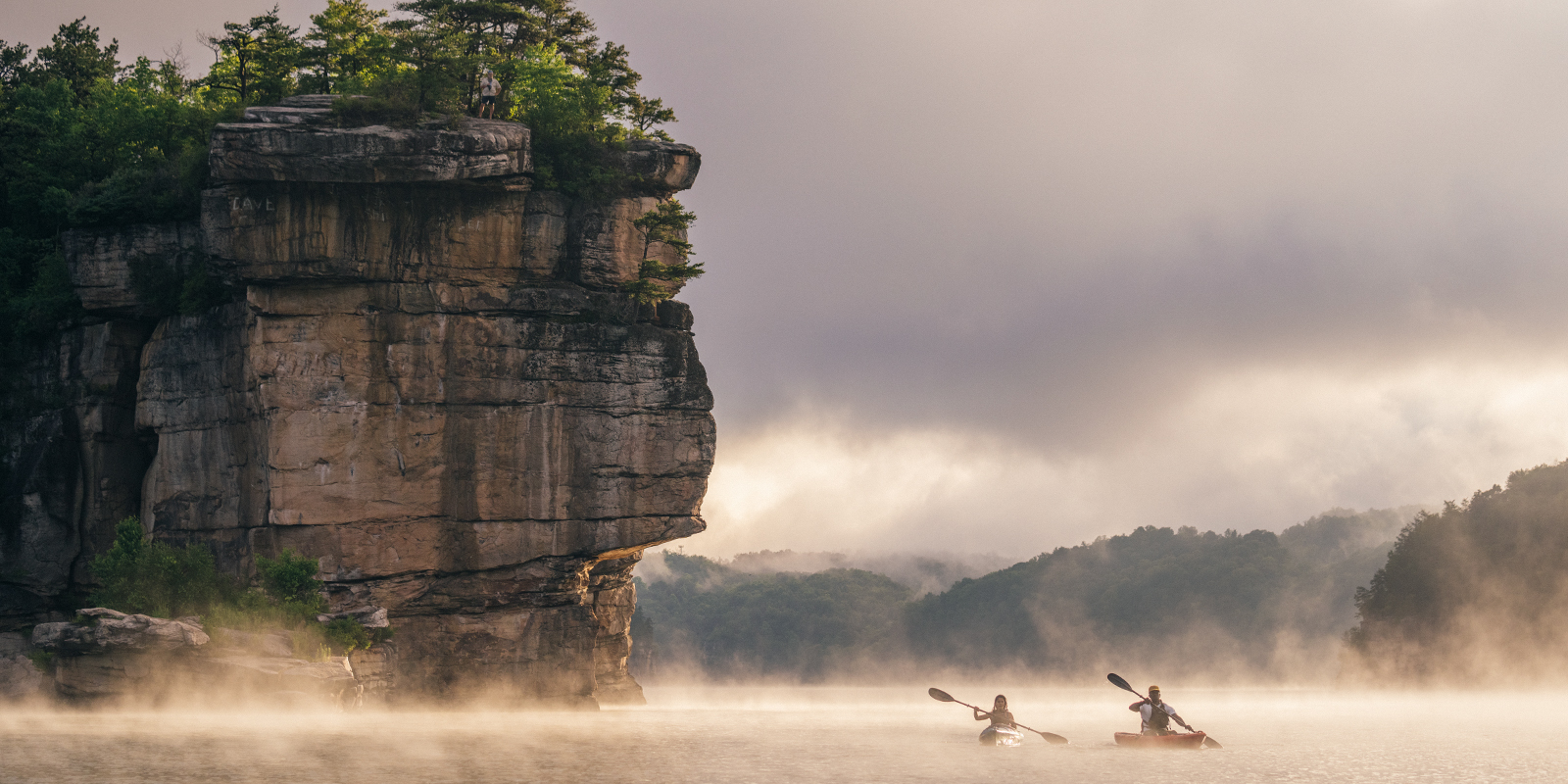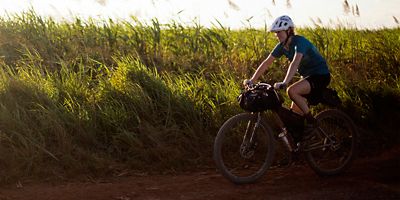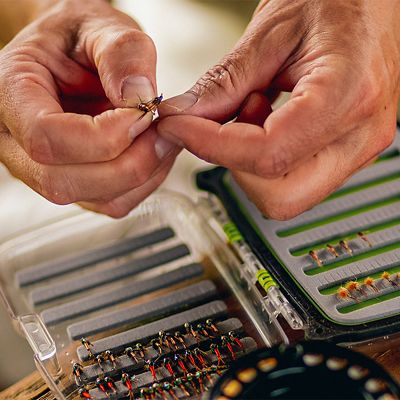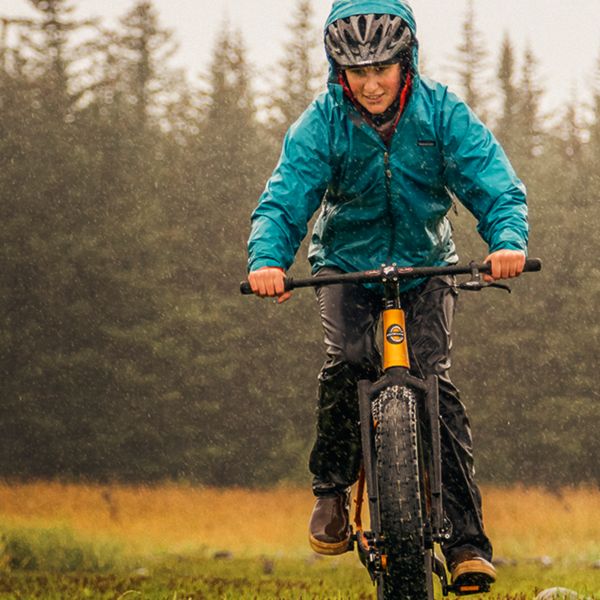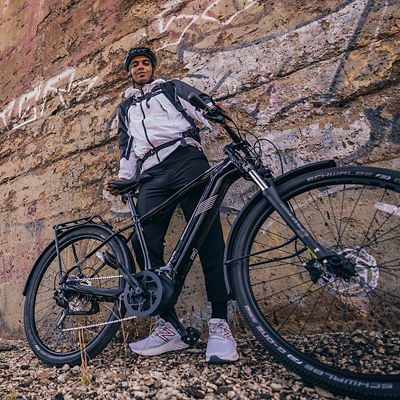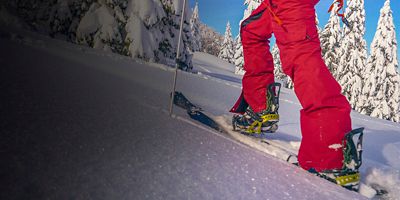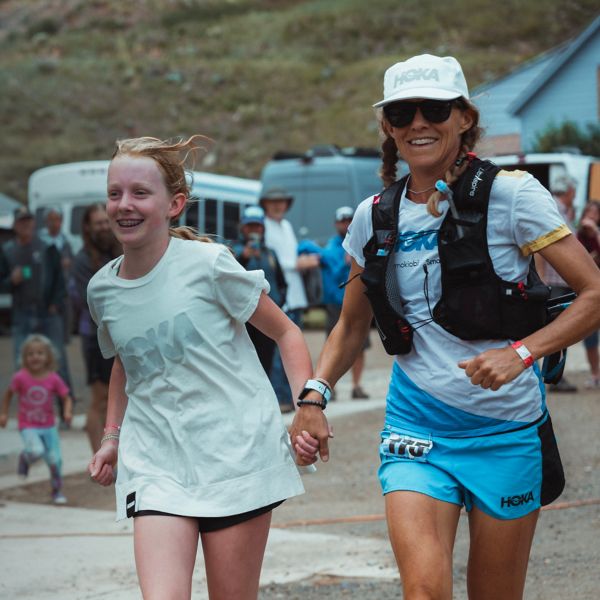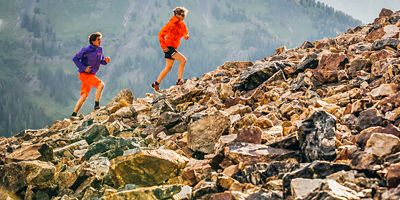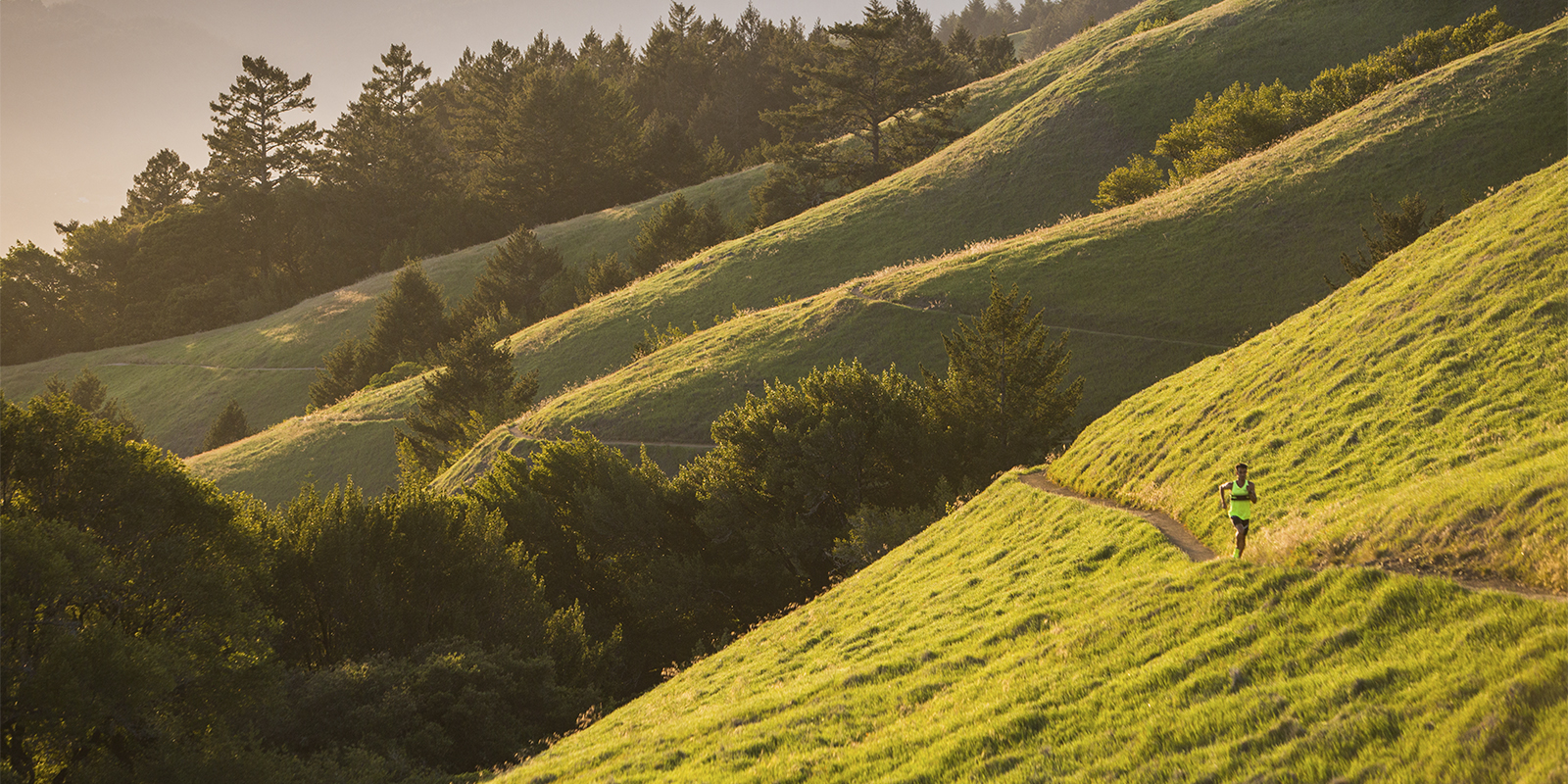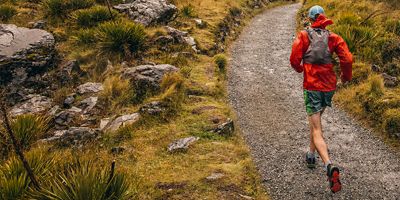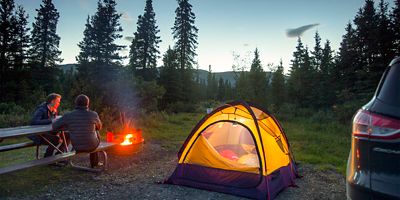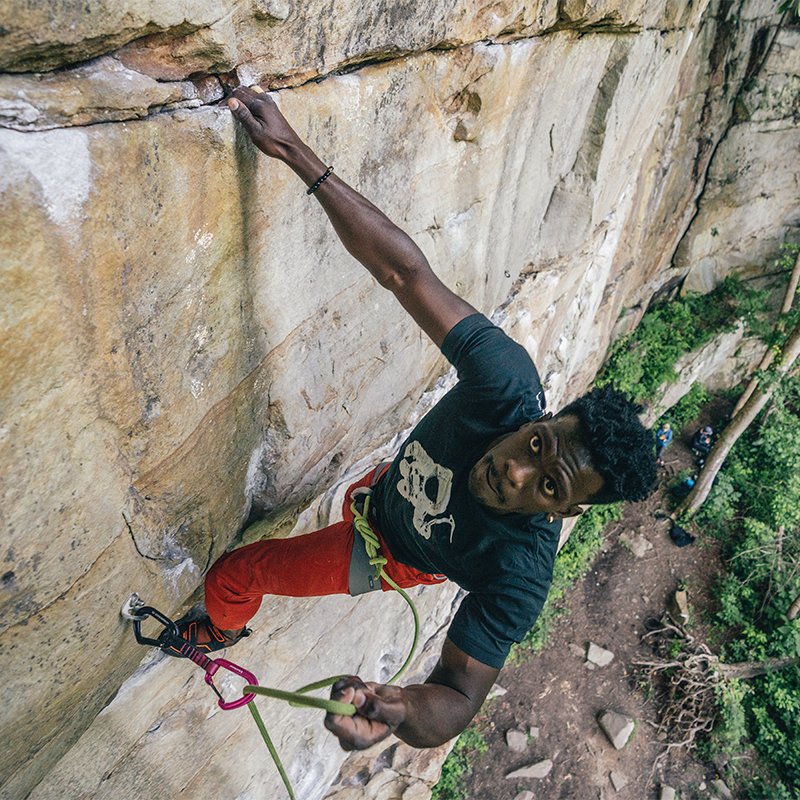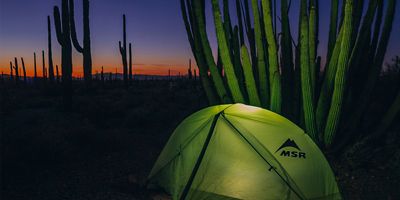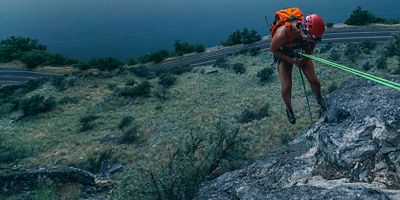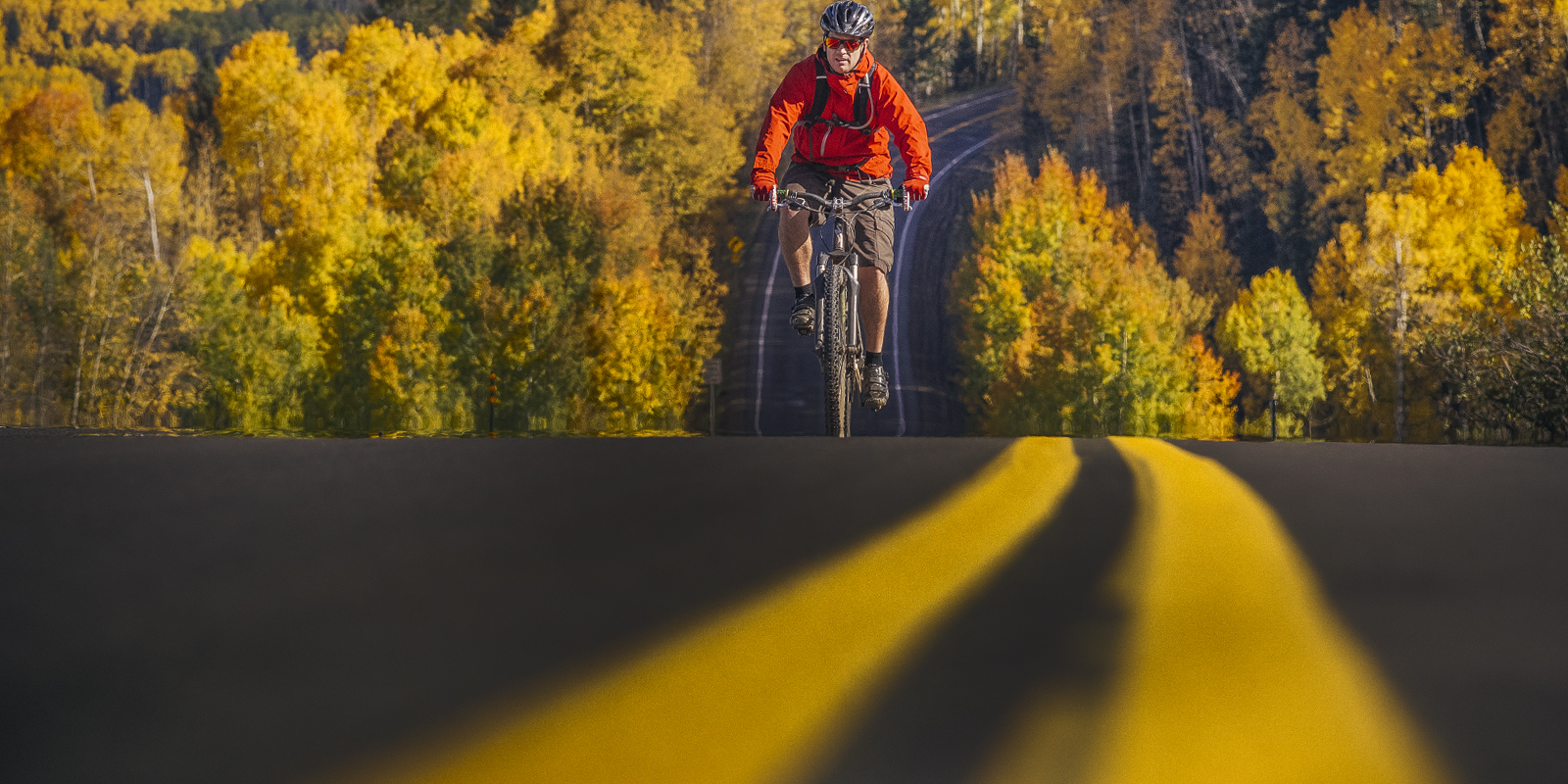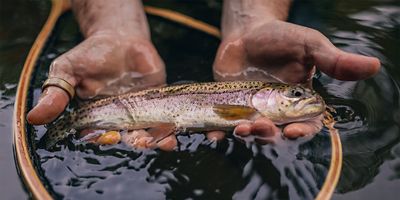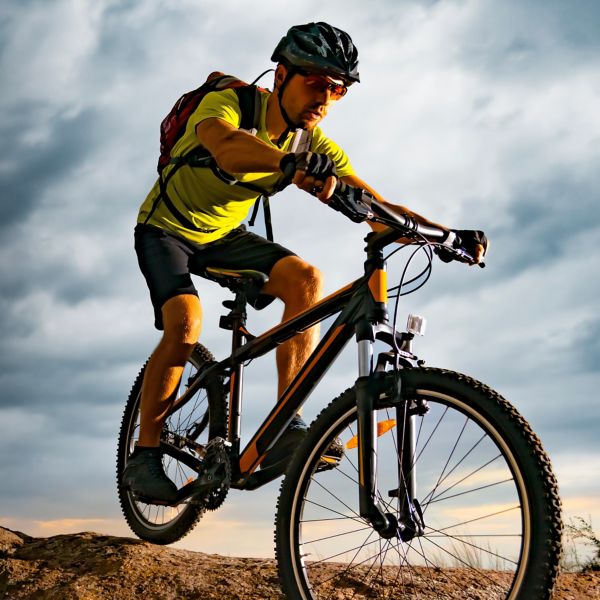What Materials You’ll Need
A long-lasting fire requires lots of fuel. Take the time to gather everything you’ll need before you begin—the last thing you want is your campfire sputtering out at 3 a.m. and no more logs at the ready. Scout for these essential fire ingredients.
Tinder
This is the small stuff that will catch the first flame and eventually feed the larger pieces. Your best bet is tinder you packed from home in your emergency kit: cotton balls smeared with petroleum jelly, a small candle, or a commercial firestarter, for example. If you don’t have one, the following natural materials work well.
- Dry twigs
- Dry leaves
- Dry pine needles
- Dry grasses
- Wood shavings (use your knife to make them)
- Shredded pieces of inner bark
- Cattail fluff
- Birch bark
- The sappy pieces of wood found where dead branches connect to a living evergreen tree (“pitchwood”)
Kindling
These are the small pieces of wood that will ignite after your tinder. Gather finger-thick, dry branches—pine and other softwoods light the fastest. Pinecones serve well for kindling, too.
Fuel
These are the larger pieces of wood that provide lasting heat. Aim for wrist-thick or slightly larger wood in a survival situation; hardwoods burn more slowly. You’ll need a huge pile (think: waist-high) to last you an entire night.
Rainy or snowy? Look for dry wood and tinder in the disturbed areas sheltered by the roots of downed trees, or snagged in tree branches (it’ll be drier than the wood on the wet ground).
How To Build the Fire
Try the classic teepee technique: Make a loose pile of tinder, then place kindling around it to form a teepee shape. Light the tinder (more on that below), then blow gently on the flames until the kindling catches fire. Add more kindling, then fuel, as the fire grows.
An alternate survival technique: Dig a trench 6 to 8 inches deep and as long as your shelter, situated a few feet away from where you’ll be lying down. Pile a mound of dirt on the other side of it to serve as a windbreak. Build small fires throughout the length of the trench for comforting overnight heat.
Rainy or snowy? In the snow, stamp down a flat platform. Construct a base for the fire out of green wood or a large piece of bark, then build the teepee on top of it.
How To Start the Fire
You packed a fire starter or two in your emergency kit, right? A lighter or waterproof matches will make your job much, much easier. Even a flint striker is a good backup bet.
If you don’t have a fire starter, you’re in a pinch—but there are a few emergency techniques that could work.
- Use a lens to focus sunlight on your tinder (think: a magnifying glass). Use binoculars, prescription glasses, a mirror, or even a curved piece of ice.
- Try the friction method. You’ve probably seen this one in the movies, but know that it’s very difficult to pull off. Still, it’s worth a shot: Make a V-shaped notch in a log, then place a thin stick (your spindle) at the point. Rub it between your hands as quickly as possible, moving your hands up and down its length. If you can get it moving fast enough, you’ll create smoke, then sparks.


